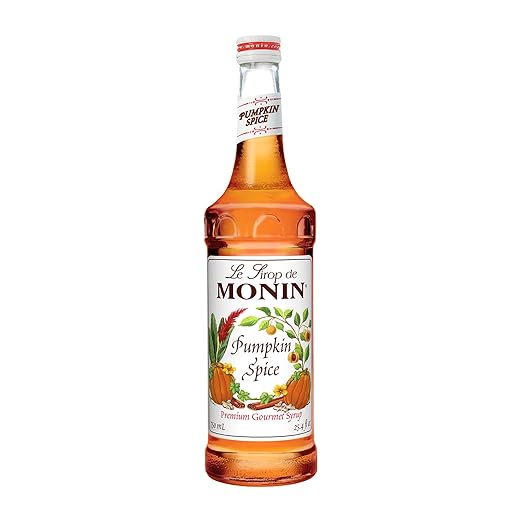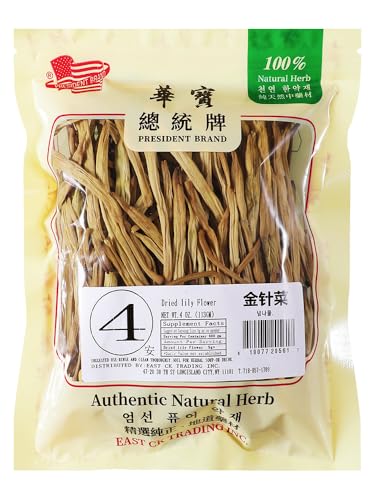Willkommen auf dem Mitzie Mee Blog, auf dem ich ein bisschen von allem aus meinem Alltag teile. An manchen Tagen geht es ums Essen, Reisepläne oder ein neues Rezept, an dem ich gerade tüftele, an anderen Tagen sind es kleine Momente von zu Hause oder Dinge, die ich gerade für mich entdecke. Es ist eine Mischung aus den Orten, die ich besuche, den Mahlzeiten, die ich ausprobiere und all den Kleinigkeiten, die mir unterwegs ins Auge fallen. Wenn du gerne das Alltägliche und das nicht ganz so Alltägliche mitverfolgst, bist du hier genau richtig. Schön, dass du da bist.
An einem Novembermorgen machten meine Mutter und ich uns auf den Weg zum Wattenmeer. Wir hatten uns für eine Austernsafari mit Marksture angemeldet, einem lokalen Anbieter, der die Gegend wirklich gut kennt. Im Wattenmeer dreht sich alles um die Gezeiten, denn wenn sich das Wasser nicht weit genug zurückzieht, kommt man schlicht nicht zu den Austernriffen. Unser ursprünglicher Treffpunkt war auf Rømø, wurde aber kurz vor der Abfahrt nach Hjerpsted verlegt, da die Bedingungen dort besser waren.
Wir waren eine kleine Gruppe von etwa zwölf Personen, und nachdem alles Organisatorische erledigt war, inklusive Gummistiefel, Austernmesser und Eimer, liefen wir an der Küste entlang zu dem Platz, den unser Guide Jan für ideal hielt. Die heimischen dänischen Austern verschwanden vor Jahrzehnten aus dem Wattenmeer. Heute besteht der Bestand fast vollständig aus Pazifischen Austern, einer invasiven Art ohne natürliche Feinde in dieser Region. Man muss also kein schlechtes Gewissen haben, viele zu sammeln, denn das hilft sogar dabei, das Gleichgewicht im Ökosystem zu erhalten.
Der Meeresboden war eine Mischung aus Sand und Schlick, und wenn man nicht zügig genug lief, sanken die Stiefel sofort ein. Jan zeigte uns, wie man mit kurzen und schnellen Schritten geht, um nicht stecken zu bleiben. Er versicherte uns auch, dass man höchstens zwanzig Zentimeter einsinkt, bevor der Boden wieder fester wird.
Es war unglaublich, wie viele Austern dort waren, also ging es nur darum, den Eimer so voll zu machen, wie man tragen konnte. Unterwegs machten wir ein paar Pausen, damit Jan kleine Geschichten erzählen und zeigen konnte, wie man Austern öffnet. Er hatte Snaps und Hot Sauce dabei, sodass jeder probieren konnte. Die Austern schmeckten großartig unter freiem Himmel mit der frischen Brise im Gesicht. Und falls man zwischendurch zu viele verputzt hatte, war es leicht, ein paar neue zu finden, bevor es zurückging.
Marksture bietet auch ein Austern Barbecue an Land an, aber meine Mutter isst keine Austern, also ließen wir das aus. Stattdessen fuhren wir mit zwei großen Eimern frischer Austern nach Hause. Eine wunderschöne Tour in einer beeindruckenden Landschaft und genug köstliche Austern zum Mitnehmen.
Planst du eine Austernsafari? Das solltest du wissen
Wir waren mit Marskture.dk, unterwegs, aber es gibt mehrere Anbieter, die ganz unterschiedlich arbeiten. Schau dir daher die Details genau an.
Bei Marksture konnte man Gummistiefel mieten, Handschuhe kaufen und Austernmesser sowie Eimer kostenlos leihen. Es gab nur eine begrenzte Zahl an Eimern, also empfehle ich, einen eigenen mitzunehmen.
Nimm gute Handschuhe mit. Wasserdicht ist ideal, aber dicke Gartenhandschuhe funktionieren auch. Austernschalen sind scharf und man kann sich leicht schneiden.
Zieh dich warm an. Ich trug eine normale Jacke und Jeans, was viel zu kalt war. Ich empfehle mindestens eine winddichte Jacke und eine wasserdichte Hose. Achte darauf, dich gut bewegen zu können. Pack außerdem Wechselkleidung ins Auto. Wenn man im Schlick feststeckt, verliert man leicht das Gleichgewicht, und etwas Trockenes wartet dann zum Glück auf einen.
Die Austern im Wattenmeer sind lang und schmal, und viele wachsen in Clustern oder haften an Muscheln. Versuch die Exemplare zu vermeiden, die zu stark zusammengewachsen sind, denn sie sind sehr schwer zu öffnen.
Wenn du eine Reise in die Region des Wattenmeers planst, ist Marskture’s Motel ein wirklich charmantes Plätzchen zum Übernachten. Das alte Tabaktrocknungshaus in Højer wurde in ein kleines, familienfreundliches Bed and Breakfast mit acht Zimmern umgewandelt, alle mit eigenem Bad. Marskture’s Motel wird von derselben Familie geführt, die auch die Marskture Ausflüge organisiert, und einige ihrer Austertouren enden hier mit einem gemütlichen Austern Barbecue. Wenn du eine bequeme und praktische Basis ganz in der Nähe des Wattenmeers suchst, bist du hier genau richtig.





